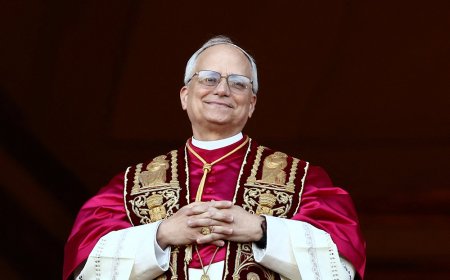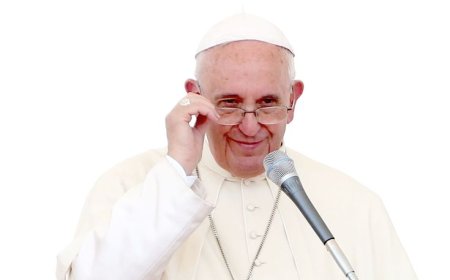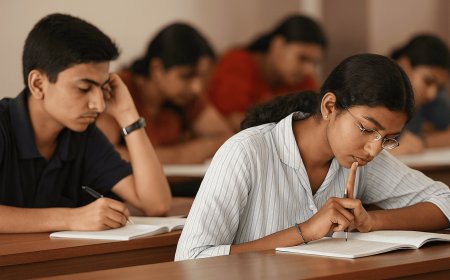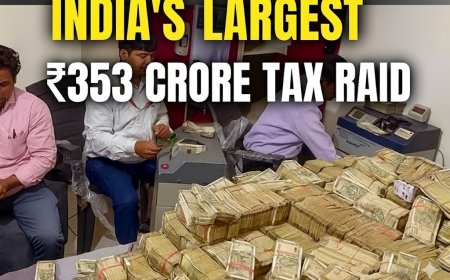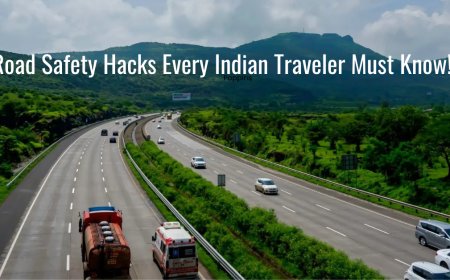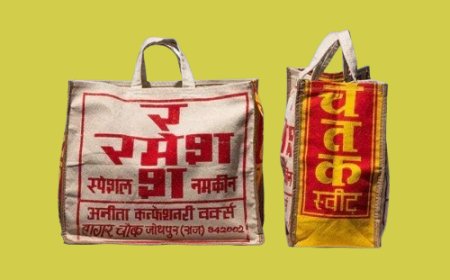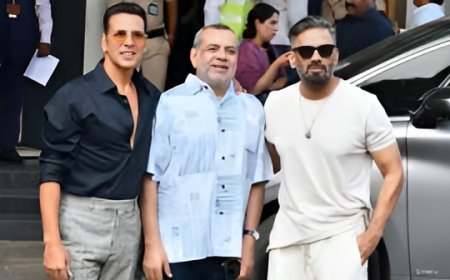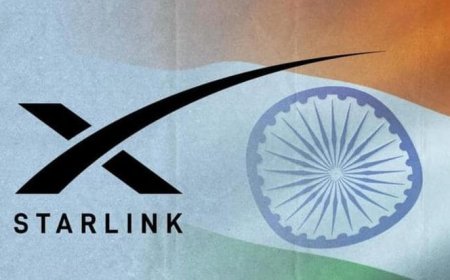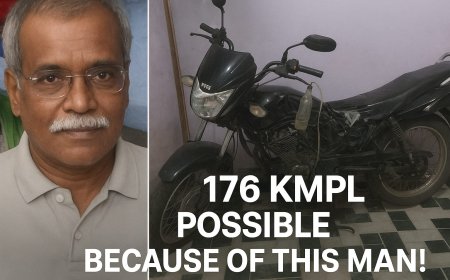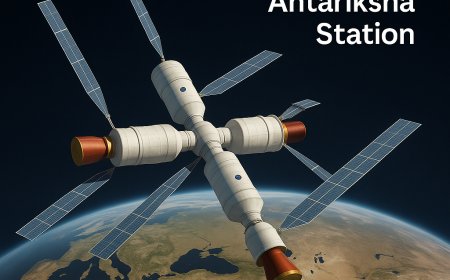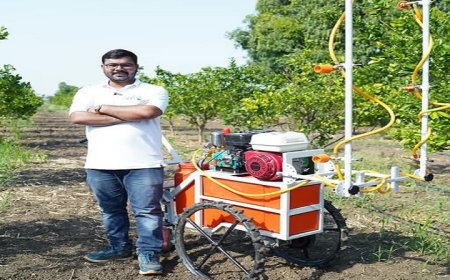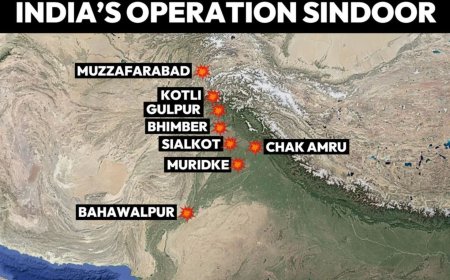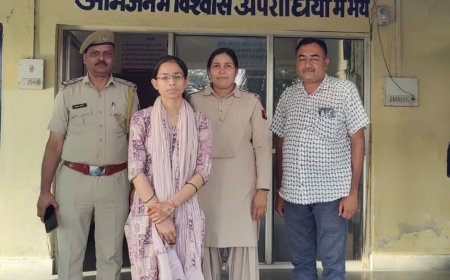India–Bhutan 2025 Rail Projects: First Cross-Border Rail Links to Power Trade, Tourism, and Growth
India and Bhutan launch their first cross-border rail links in 2025 with the Kokrajhar–Gelephu and Banarhat–Samtse routes. The projects will boost trade, tourism, connectivity, and strategic growth across the region.

India and Bhutan are building their first-ever cross-border rail links. This big step was announced in September 2025 by Indian Railways Minister Ashwini Vaishnaw and Foreign Secretary Vikram Misri in Delhi. The agreement comes after years of talks and signals a historic change in how the two nations will trade, travel, and connect.
Why Are India and Bhutan’s First Rail Links in 2025 a Game-Changer?
1. Bhutan Joins India’s Rail Network: For the first time, Bhutan will connect with India’s massive 150,000 km railway system, opening new doors for trade and travel.
2. Faster and Cheaper Movement: The rail projects will reduce travel time, cut transport costs, and make trade more affordable for Bhutan.
3. Tourism Boost: Easier cross-border access will encourage more Indian tourists to visit Bhutan and vice versa, growing the tourism economy.
4. Stronger Bilateral Ties: The projects symbolize the deep friendship between India and Bhutan, strengthening both economic and diplomatic relations.
Which Cities Will Connect Through India–Bhutan’s First Railway Project?
Kokrajhar to Gelephu
-
The Kokrajhar–Gelephu route will stretch 69 km, with 66.66 km in Assam and 2.39 km in Bhutan.
-
The line will include six stations: Balagaon, Garubhasa, Runikhata, Shantipur, Dadgiri, and Gelephu.
-
Gelephu will be developed into Bhutan’s “Mindfulness City,” blending culture, tourism, and modern urban planning.
 Image Credit: NE India Broadcast
Image Credit: NE India Broadcast
Banarhat to Samtse
-
The Banarhat–Samtse line will cover 20 km, with 17.42 km in West Bengal and 2.13 km in Bhutan.
-
Samtse is planned as an industrial hub to boost local growth.
-
This route will improve trade and make travel smoother between the two regions.
-
Together with the Kokrajhar–Gelephu line, the total cross-border rail length will be nearly 89 km.
 Image Credit: Way2Barak
Image Credit: Way2Barak
Funding the Bhutan Rail Links
The total cost is ₹4,033 crore. The Kokrajhar–Gelephu line will cost ₹3,456 crore, while the Banarhat–Samtse line will cost ₹577 crore.
India will fund the entire project. Indian Railways will finance the Indian portions, and India’s Ministry of External Affairs will grant funds for Bhutan’s share.
When Will the Rail Links Be Ready?
-
The Kokrajhar–Gelephu project is expected to take four years.
-
The Banarhat–Samtse project should be ready in three years.
-
Land acquisition and clearances are already underway with support from the Assam and West Bengal governments.
How Will India–Bhutan’s First Rail Links Boost Trade, Tourism, and Growth?
Boost to Bhutan’s Economy
-
Bhutan depends on Indian ports for most of its imports and exports.
-
Direct rail links will reduce costs, speed up shipments, and open new trade routes.
-
Tourism will also get a push since Bhutan will be more accessible to Indian travelers.
Strengthening India’s Northeast
-
For Assam and West Bengal, better links with Bhutan will mean more jobs, trade, and regional development.
-
Farmers and small industries in these states will find new buyers and suppliers.
Strategic Importance
-
The projects also improve access to the Siliguri Corridor, also called the Chicken’s Neck.
-
This narrow strip connects mainland India to its northeast and lies near the India-China-Bhutan trijunction.
-
Improved connectivity here strengthens India’s position in this sensitive zone.
Urban Development
-
Gelephu is planned as a modern mindfulness city, and rail links will support its growth.
-
Samtse is set to become an industrial hub, and better rail connectivity will speed up its development.
High-Tech Features That Make These Rail Links Future-Ready?
-
Advanced Technology: The projects will feature advanced signaling systems and full electrification to ensure smooth and reliable operations.
-
High-Speed Connectivity: Tracks will support Vande Bharat trains, allowing both passengers and goods to move more quickly and safely.
- Boost to Make in India: The rail links will use local technology and resources, strengthening India’s Make in India initiative.
Diplomacy That Built the Tracks
-
Talks on India–Bhutan rail links started in the early 2000s.
-
At first, five routes were considered, but only Kokrajhar–Gelephu and Banarhat–Samtse moved ahead.
-
Prime Minister Modi’s 2024 visit to Bhutan gave the final push.
-
India and Bhutan signed an MoU in 2024 and a formal agreement in September 2025.
What’s Next for India–Bhutan Rail Links?
-
These two rail projects could mark the beginning of a larger rail network between India and Bhutan.
-
Once complete, Bhutan will connect not just with India but also with wider South Asia.
-
For India, the projects will bring stronger ties with Bhutan, more trade, higher tourism, and greater security in the northeast.
Frequently Asked Questions (FAQs)
1. What is the India–Bhutan rail project?
It is the first-ever railway link between India and Bhutan, covering the Kokrajhar–Gelephu and Banarhat–Samtse routes.
2. How long will the railway lines be?
Together, the two routes will stretch about 89 km.
3. Who is funding the projects?
India will fund 100% of the cost through Indian Railways and grants from the Ministry of External Affairs.
4. How much will the projects cost?
The total cost is ₹4,033 crore.
5. When will the projects be completed?
The Kokrajhar–Gelephu line will take four years, and the Banarhat–Samtse line will take three years.
6. Why are these rail links important for Bhutan?
They will lower trade costs, improve access to Indian ports, and boost tourism and industry.
7. What benefits will India gain?
India will see more trade, better connectivity in Assam and West Bengal, and stronger security in the Siliguri Corridor.
8. Will these routes handle both passengers and cargo?
Yes, both lines are designed for passenger and freight trains with integrated check posts.
9. What modern features will the railway use?
They will be electrified, have advanced signaling, and be fit for Vande Bharat trains.
10. When did talks for these projects begin?
Talks started in the early 2000s, with agreements finalized in 2024 and 2025.
What's Your Reaction?
 Like
0
Like
0
 Dislike
0
Dislike
0
 Love
0
Love
0
 Funny
0
Funny
0
 Angry
0
Angry
0
 Sad
0
Sad
0
 Wow
0
Wow
0


